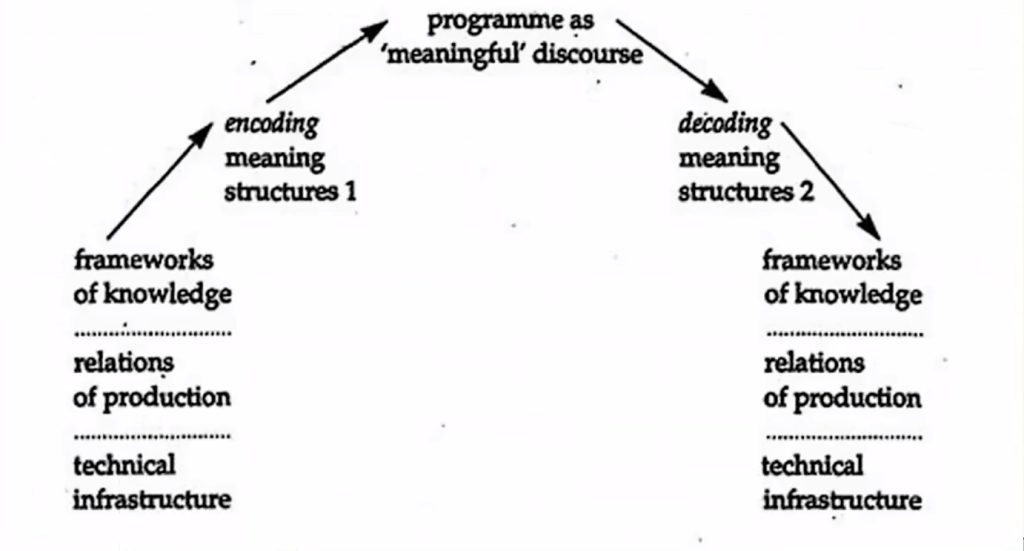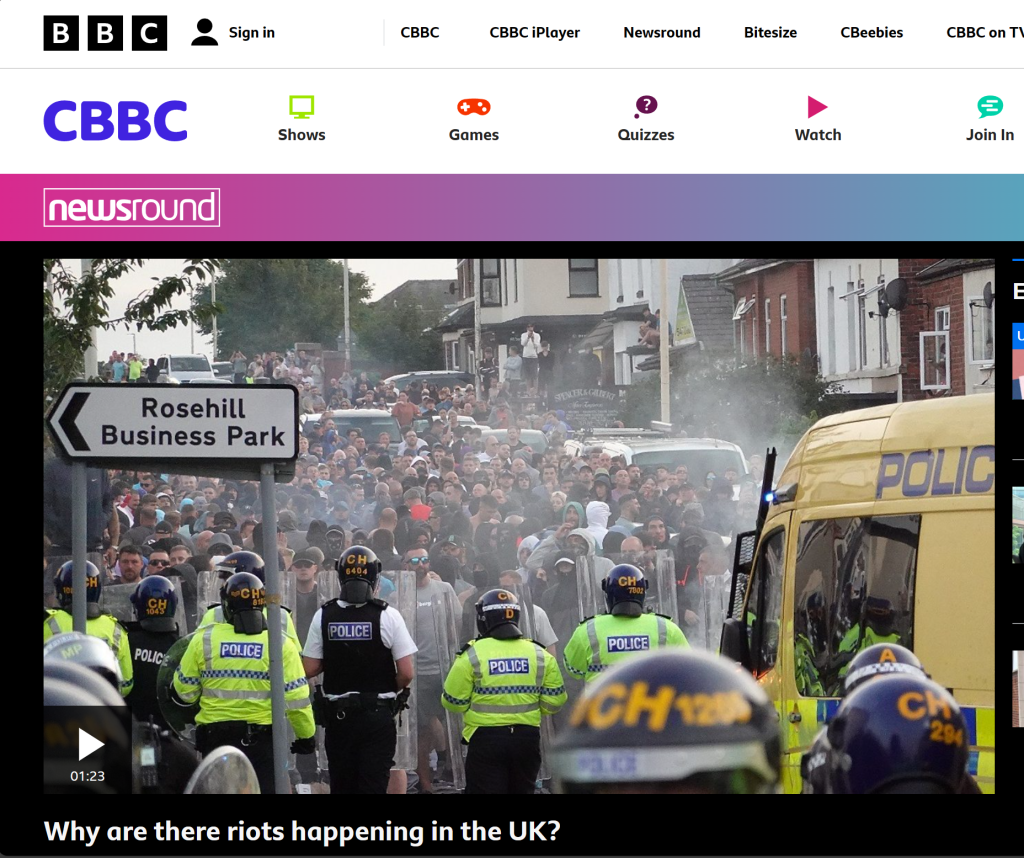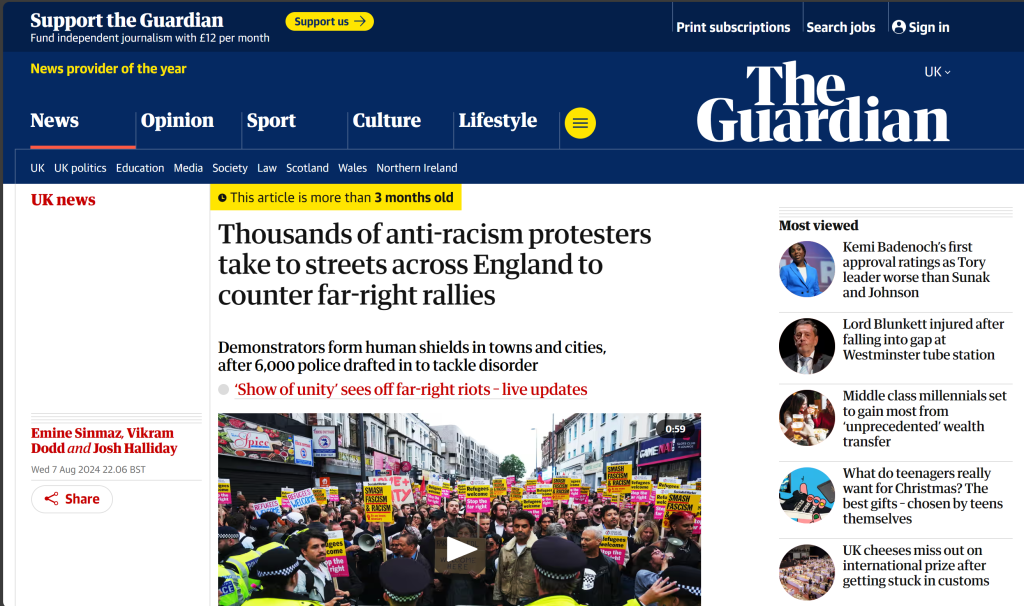Hi, everybody. Today I want to talk to you about the concepts of coding and decoding. This concept, which is essential for understanding the production and interpretation of media information, was developed by Stuart Hall in 1973.

Hall’s theory allows us to realize that the transmission of information is not unidirectional, but an interactive process. “Coding” refers to the process by which information producers (such as media, politicians, advertisers, etc.) inject specific meaning into information content according to their own opinions, cultural values, social positions, etc. “Decoding” is the process of understanding and recreating the information by combining the experience, emotion and social background of the audience after receiving it.
This process is extremely complicated, because audiences may interpret the same content differently in different contexts (Hall, 1980). Therefore, decoding is not simply accepting the meaning transmitted by the media, but an active and subjective process, which often leads to completely different understandings due to individual differences (Morley, 1992).
In August, for example, Britain saw its worst riots in nearly 13 years, which began after a man attacked a dance classroom with a knife, killing and injuring many. False information began to spread on social media that the assailant was a radicalized Muslim immigrant (BBC News, 2024).
After the message was “coded” through social media, it was quickly accepted by many users, especially the emphasis on the “immigration status” of the knifier.

This “coding” triggered anti-immigrant sentiment, which led to the emergence of large numbers of anti-immigrant protesters and, ultimately, riots.
However, this “coding” based on false information is not completely accepted by everyone. Instead of The expected far-right protests, anti-racists took to the streets in large numbers to resist the violence of far-right rioters (The Guardian, 2024). This suggests that not all viewers accepted the “coding” of the message, but rather that some people, through their own understandings of social justice and racial equality, rejected the idea of blaming the immigrant community for this violence.
This response highlights the agency of the audience and the diversity in the decoding process, and their “decoding” results argue that it is wrong to blame violence solely on immigrant groups, which is a social act of prejudice and injustice. Ang (1991) also mentioned that different social groups decode based on their own identities and values, showing the non-homogeneity of the decoding process.

The theory of encoding and decoding enables us to see how information is produced, transmitted and understood in different social contexts, especially in the face of complex social and political issues. The “encoding” process of media content is not only a form of cultural expression, but deeply affects social cognition, public emotions and political positions. In the modern social media environment, this process has become more diversified and controversial.
Reference
Ang, I. (2006). Desperately seeking the audience. London: Routledge.
BBC News. (2024). Why are there riots happening in the UK? BBC News. Available from https://www.bbc.co.uk/newsround/videos/c1jlrxj6wgyo [Accessed 17 November 2024].
Hall, S. (1980). Encoding/decoding in culture, media, language. London : Routledge.
Morley, D. (2003). Television, audiences and cultural studies. Routledge.
The Guardian. (2024). Thousands ofanti-racism protesterstake to streets across England tocounter far-right rallies. The Guardian. Available from https://www.theguardian.com/uk-news/article/2024/aug/07/thousands-of-anti-racism-protesters-take-to-streets-to-counter-far-right-rallies [Accessed 17 November 2024].


Hi! Yifei, your blog is an excellent illustration of the process of encoding and decoding, emphasising that information is not just an ‘output’ from the producer, but is equally important to be interpreted by the audience.
Your detailed explanation of Hall’s ideas and the use of modern social media examples to illustrate the role and impact of this interactive process in contemporary society has given me a better understanding of the topic. In your case, the message that ‘the attacker was a radicalised Muslim immigrant’ was disseminated through social media coding, which triggered anti-immigrant sentiment and led to social unrest and protests. However, this message was not accepted unilaterally by all, and some groups ‘decoded’ the message through their social backgrounds and political positions, and chose to counter the far-right’s violent behaviour. This is at the heart of the theory of encoding and decoding – messages are not transmitted and interpreted in a single way, but in complex cultural, social and political contexts. Different groups of people will interpret the same message differently based on their social status, identity and experiences, which in turn will affect their behavioural responses.
Personally, I believe that the theory of encoding and decoding has become even more important in today’s social media era. With the rise of social media, the way information is disseminated has become more dispersed and fragmented. This makes it harder for information producers to control their influence and allows audiences to be more free and diverse in their interpretation of information. And your article does a great job of showing us in-depth applications of encoding and decoding theories and provides a powerful perspective for understanding the complexity of modern information dissemination 😃 This is really great!